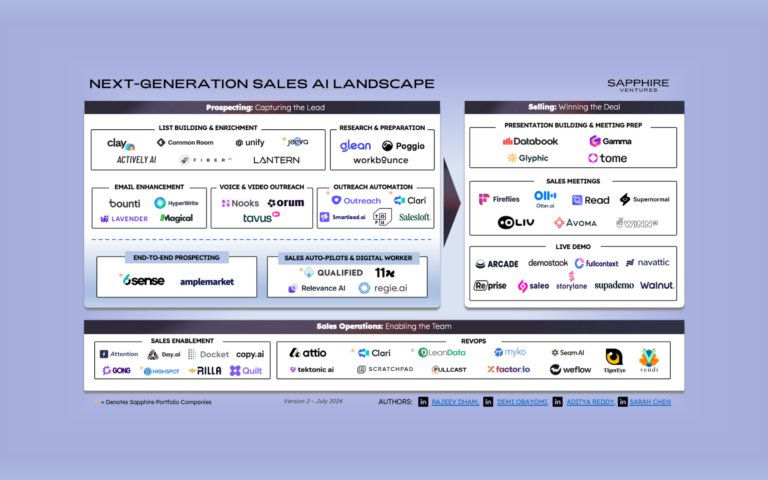How a winning partner program can help drive efficient growth
Building a company and architecting it for maximum growth and efficiency is a daunting journey for every executive and founder. The path involves critical, complex steps that include developing a product, evolving its roadmap, architecting the customer experience and debating the advantages of product-led growth (PLG) vs. sales-led growth (SLG) motions. Along that journey, effectively leveraging partners can be a game-changer in achieving scale.
In fact, partner-delivered IT technologies and services were expected to exceed $3.4 trillion in 2023, accounting for more than 70% of the global total addressable IT market. At the same time, IT spending via channel partners was expected to grow 3.7%, outpacing direct spending between customers and vendors.
Such trends underscore the vital role of strategic partner relationships in navigating the complexities of growth and leveraging the dynamic IT landscape for sustained success. As the technology landscape continues to evolve, the need for various routes to market to support the complex needs of customers will further amplify the critical role of partners in supporting the customer journey.
While the process of building a rich partner ecosystem comes with the anticipation of introducing new revenue streams, expanding routes to market and enhancing brand visibility, it also demands strategic thinking, flexibility and a willingness to embrace risk. This is where the potential of partnerships becomes particularly evident, bridging the gap between the complexities of growth and the opportunities ahead.
For over two decades, Sapphire Ventures has been at the forefront of working with founders to help them build and scale successful companies. In following that tradition, we have developed “A Guide to Building an Effective Partner Strategy Framework.” This comprehensive guide serves as a reference for GTM leaders to establish a foundational partner program, including insights into the following core areas:
— The Four P’s of Partner Ecosystem Success: There are four critical factors for developing a holistic partner ecosystem: Product, Program, Partners and People. Each of these categories needs to be well understood and defined.
— Partner Program Categories and Journey: Identifying and navigating through the main program categories and their journey stages involves a deep dive into each phase, ensuring a comprehensive understanding and strategic application for optimal program development and execution.
— Product and Platform Partnerships Best Practices: Developing successful product partnerships, especially with developers and Independent Software Vendors (ISVs), requires adherence to best practices. This involves recognizing and engaging the right audiences to foster productive collaborations.
— Sales and Services Delivery Partner Program: Aligning partner initiatives with the customer journey requires understanding various partner types, transaction models, and the strategic alignment of these elements to avoid common pitfalls and enhance the customer experience.
— Hiring the Right People: The foundation of a successful partner program lies in its people. It’s essential to design an effective organizational structure and hire the right talent, employing best practices and frameworks to assemble a team that can drive program success.
— Measuring Success: To demonstrate the value of partner programs, it’s imperative to establish and monitor specific metrics for each partner category. This guides the strategic evaluation and continuous improvement of the program, ensuring impactful returns on investment.




